A classic tour taking in the main highlights of Bhutan from east to west. You will feel like you are travelling back in time in this remote mountain kingdom, especially as this tour visits the less visited rural settlements in the east.
The highlight is the Black Necked Crane Festival in the Phobjikha Valley in November.
Overview
This 11-day tour offers an immersive experience in Bhutan, taking you through the country’s less explored eastern regions and all the way to its vibrant western towns. As you journey from Samdrup Jonkhar to Paro, you’ll feel like you’re traveling back in time through Bhutan’s remote and untouched landscapes. The highlight of this tour is the Black-Necked Crane Festival in the Phobjikha Valley in November, a spectacular cultural event that celebrates the return of these rare birds to their winter home.
Begin your adventure by crossing into Bhutan at Samdrup Jonkhar, the eastern gateway to the kingdom. This bustling border town, rich in history and trade, gives you your first taste of Bhutan’s unique culture. As you move west, you’ll visit remote rural settlements and engage with local life, especially in places like Trashigang and Mongar, where few tourists venture. These areas offer an authentic look into Bhutan’s traditional ways of life, untouched by modernity.
As you journey further, you’ll experience the serene landscapes of Bumthang, known as the spiritual heartland of Bhutan, before reaching the stunning Phobjikha Valley. Here, you’ll witness the Black-Necked Crane Festival, a magical celebration of nature and Bhutanese culture. The trip concludes in the bustling cities of Thimphu and Paro, where you’ll explore impressive dzongs, temples, and traditional markets, providing the perfect mix of history, culture, and natural beauty.
This tour is ideal for those seeking a slower, more immersive experience, offering a deep connection with the landscapes and people of this mystical Himalayan kingdom
Highlights
- Explore Samdrup Jonkhar – Discover Bhutan’s vibrant eastern gateway and its historical significance as a trade hub and entry point for British officers.
- Visit Zangtopelri Lhakhang – A serene three-storied temple in Samdrup Jonkhar dedicated to Guru Rinpoche
- Dewathang – Learn about the historic battle where Bhutanese forces, led by Gongsar Ugyen Wangchuck, triumphed over the British in 1884
- Journey Through Trashigang District – Experience the traditional lifestyles in one of Bhutan’s most rural and less-traveled regions
- Discover Mongar – Enjoy the stunning mountain views and rich culture in this charming eastern town
- Spiritual Heartland of Bumthang – Explore Bhutan’s sacred monasteries and temples nestled in the picturesque valley
- Black-Necked Crane Festival in Phobjikha Valley – Witness this incredible cultural celebration in November, honoring the return of the rare black-necked cranes
- Visit Punakha Dzong – One of Bhutan’s most majestic fortresses, situated at the confluence of two rivers.
- Thimphu City Exploration – Experience Bhutan’s bustling capital, where tradition and modernity coexist, with its markets, dzongs, and the Buddha Dordenma statue
- Explore Paro – Home to iconic sites like the Paro Taktsang (Tiger’s Nest) Monastery and the historic Paro Dzong, Paro offers stunning landscapes and deep cultural experiences
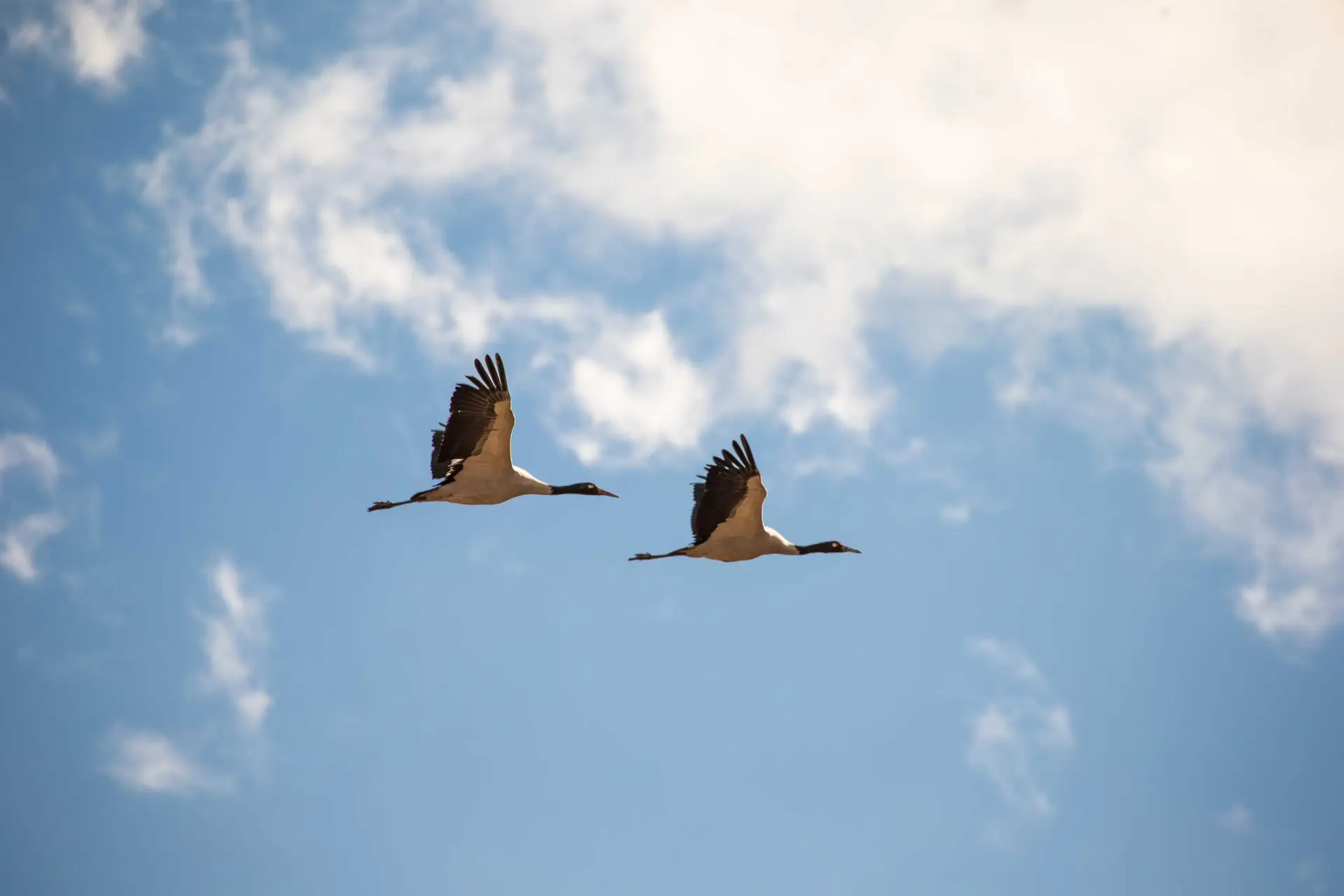
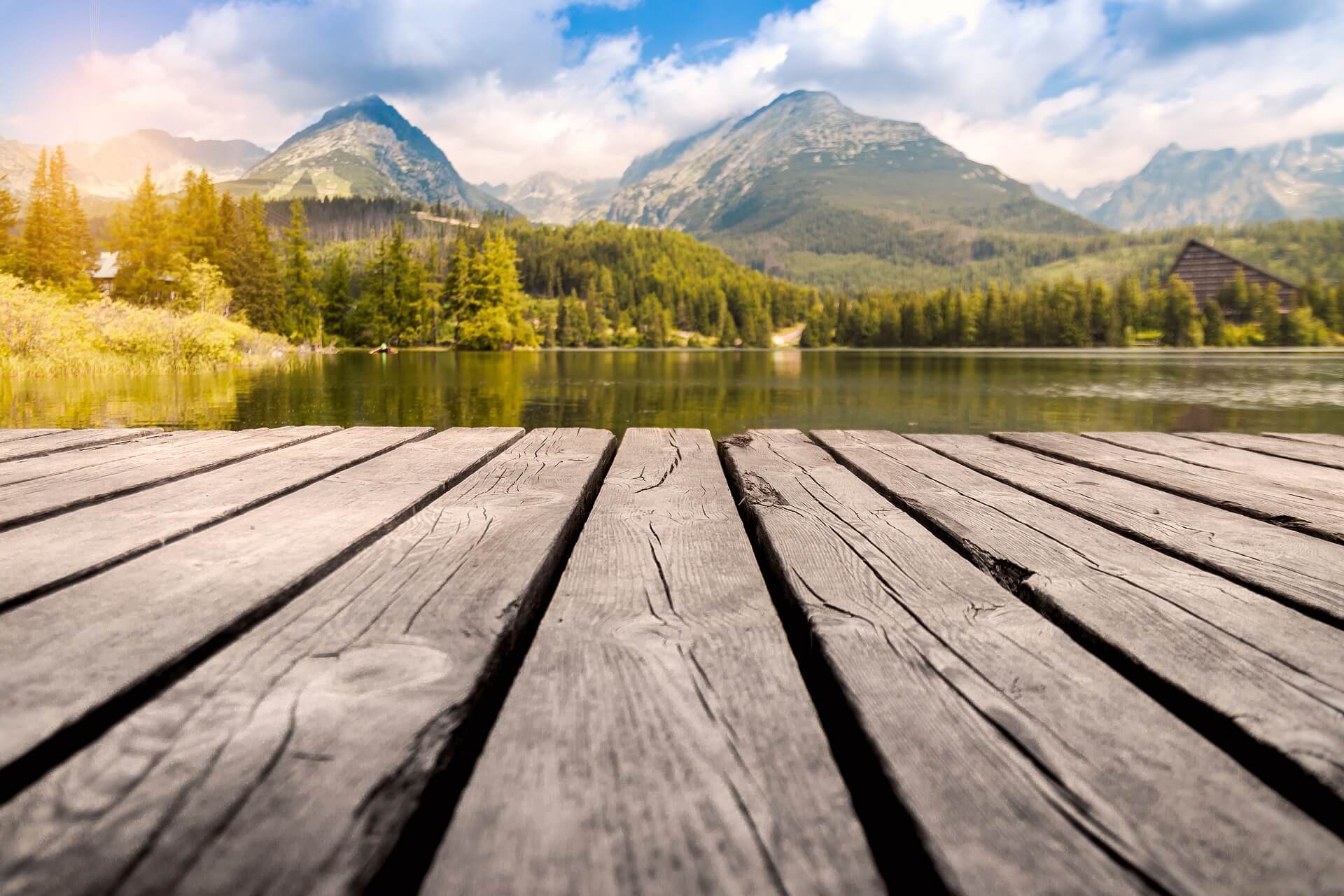
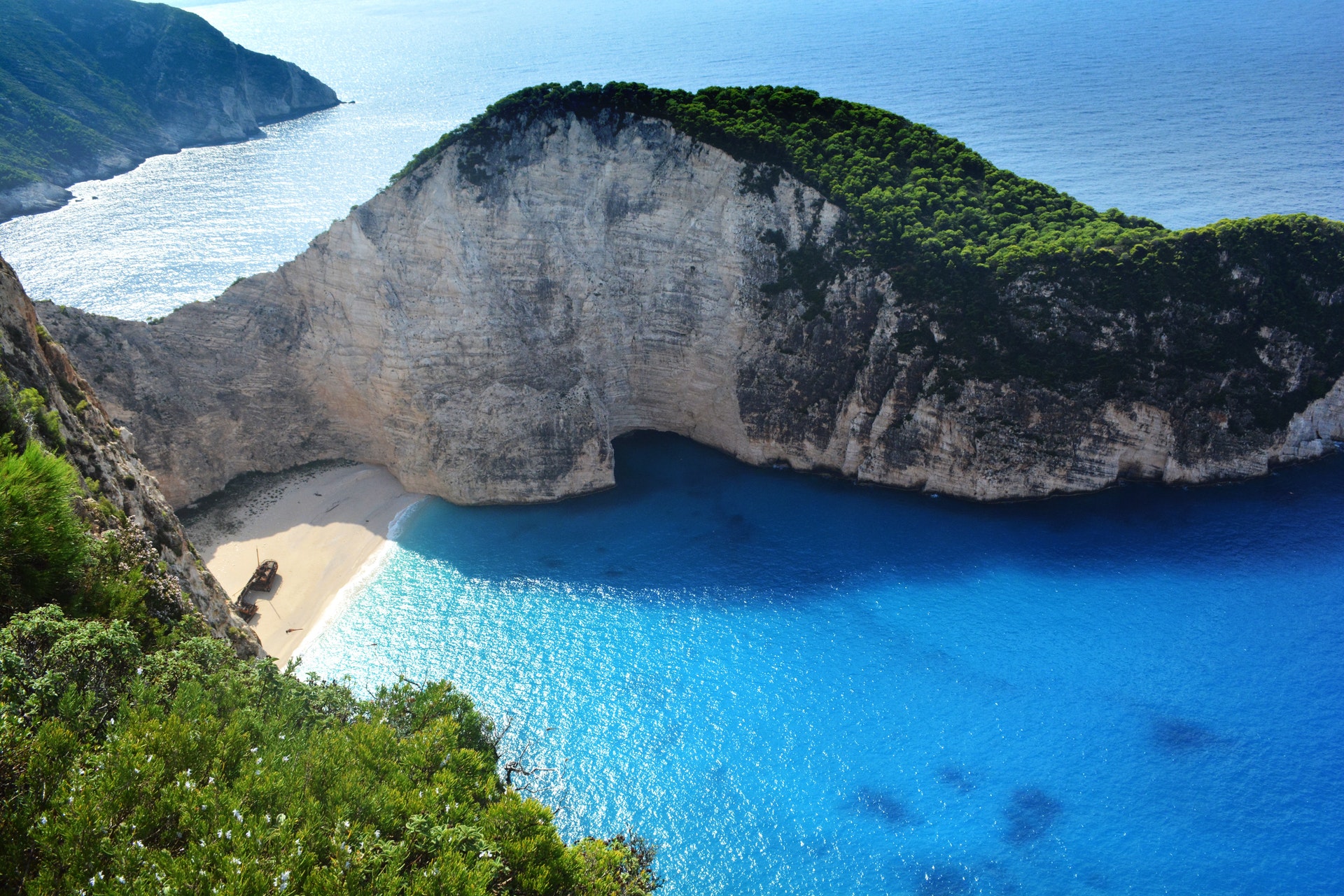
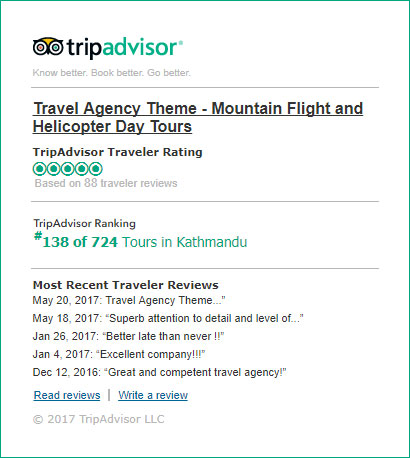
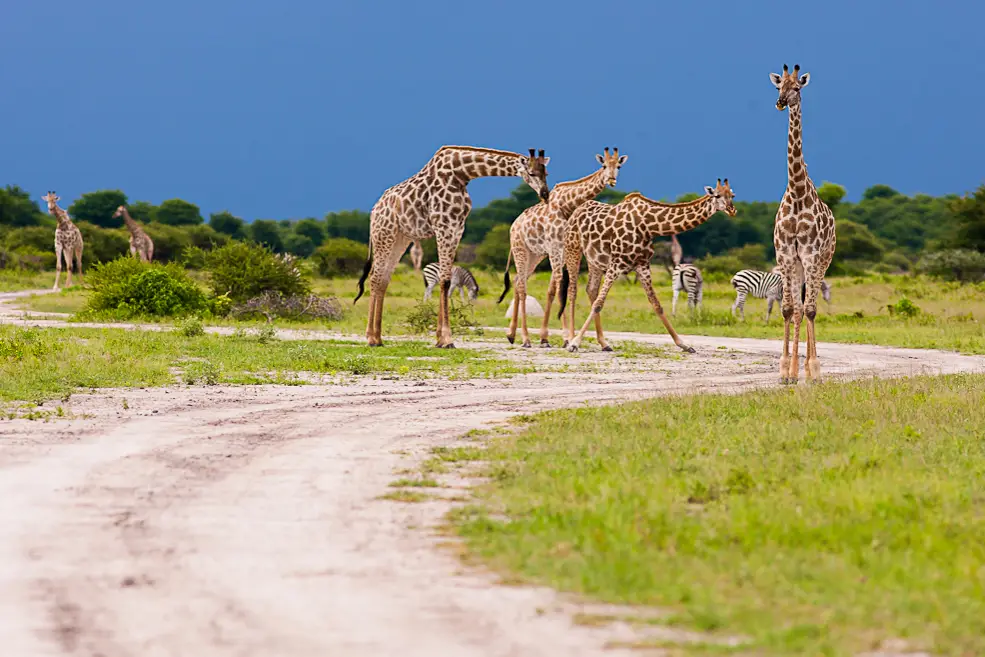

Write a Review